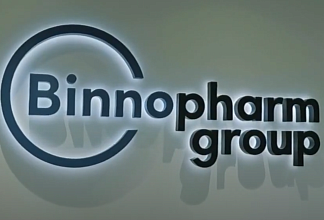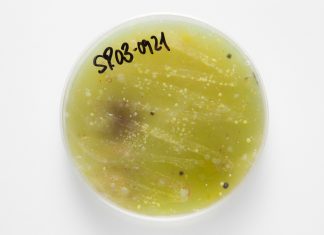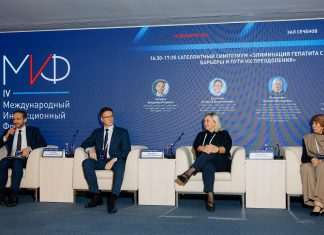Innovative targeted drugs have transformed the treatment paradigm, addressing the underlying causes of diseases previously deemed incurable rather than merely alleviating symptoms. The adoption of these drugs leads to reduced mortality rates and significantly lessens government expenditures on patient treatment and rehabilitation. However, the introduction of innovative drug analogues into medical practice presents considerable challenges.
Currently, the Federal Patient Register includes over 21,500 Russians with orphan diseases, although the actual number is likely higher. Additionally, the number of recognized diseases continues to grow, with new conditions being identified annually.
In 2022, foreign pharmaceutical companies substantially reduced the volume of clinical trials, which has severely limited access to innovative medicines. In response to this situation, Russian pharmaceutical companies, following the instructions of the Ministry of Health and the Ministry of Industry and Trade, are developing domestic analogues of foreign orphan drugs. This initiative aims to ensure that patients can access medicines purchased under the 14 Cost-Intensive Nosologies program.
Despite these efforts, a perception persists that domestic manufacturers lack the capability to produce safe and effective drugs. Yuri Zhulev, co-chairman of the All-Russian Union of Patients, points out that the absence of complete information for both professionals and patients leads to a heightened caution towards any new drug. Given the current strategic goal of achieving technological sovereignty, increasing public confidence in Russian medicines is vital for the advancement of medical science and practice.
Two significant areas of dispute between patients and Russian pharmaceutical manufacturers concern innovative treatments for cystic fibrosis and spinal muscular atrophy (SMA). In our recent analysis, we highlighted the situation with targeted drug Trilexa.
The situation is about the same with Lantesens (nusinersen), which was registered by Generium a year ago.
Since 2021, the Circle of Kindness Foundation has been procuring Risdiplam and Spinraza (nusinersen), drugs already registered in Russia, and even reached an agreement with the manufacturer for Zolgensma, the world’s most expensive drug back then, at over 150 million rubles.
Currently, both Spinraza and the Russian Lantesens are available for procurement. Although these drugs share the same active substance, nusinersen, parents of children with spinal muscular atrophy are seeking to obtain the imported version through the courts, asserting that the Russian counterpart has not been studied enough.
The Russian version of nucinersen is 100% generic, so no clinical trials are required to prove its identity to the original. According to existing Russian, European, and American protocols, chemically reproduced molecules do not require human clinical trials.
According to Sergey Illarioshkin, Academician of the Russian Academy of Sciences, Deputy Director for Scientific Work of the Scientific Center of Neurology, 15 or 20 years ago our citizens were very critical of domestically produced drugs. But the technological level of the Russian pharmaceutical industry has improved, and the attitude of the medical community has also changed.
He stated, “According to our survey, the majority of doctors (70%) and patients (53%) trust Russian drugs.” He emphasized, however, that it is too early to become complacent. “When launching a drug, comprehensive communication is crucial to inform both doctors and patients about the drug and the results of trials confirming its quality and efficacy.”
Reporting the negative effects of drugs is also an important tool for quality control of the treatment provided.
Focusing on SMA therapy, Illarioshkin stressed the need for an informed and proactive attitude of medical specialists. He explained: “The adult form of SMA progresses very slowly, complicating assessment of a drug’s effectiveness. And in order to properly assess the effectiveness or apparent ineffectiveness of the drug, we must be patient. There are recommended timeframes for evaluating therapy—one year, one and a half years, and two years. We need to educate patients and their families about these timeframes so that they do not make premature conclusions about the drug’s effectiveness and do not present unreasonable demands for its replacement. It is also important to consider the patients’ degrees of disability, as many may already be wheelchair-bound. Expectations should be aligned with what improvement is possible for each individual, emphasizing the importance of effectively conveying this information to both patients and their relatives. This should correlate with the global experience and the literature. We have to present the data.”
An entry on the registration of another Russian drug, nusinersen, manufactured by Biocad, appeared in the State Register of Medicines (GRLS) on April 4, 2025. Time will tell how the patient community will accept the drug.




